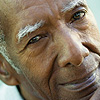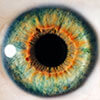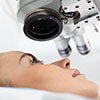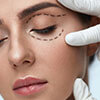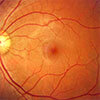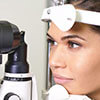SMILE
SMILE
What is SMILE?
SMILE is an acronym that stands for SMall Incision Lenticule Extraction. SMILE is a gentle, minimally invasive option for laser vision correction that brings the best of both worlds: improvement of vision and quick healing. It’s an evolution in laser vision correction that could be just what your patients need to see their best! Millions of successful SMILE procedures have been performed worldwide and we are excited to be the first in the Northwest to offer this technology to your patients.
The SMILE Procedure

Step 1
The eye is anesthetized with numbing drops. The femtosecond laser pulses are used to create a contact “lens” shaped lenticule and small incision inside the intact cornea.
Step 2
The lenticule is removed through the incision with minimal disruption to the corneal biomechanics.
Step 3
Removing the lenticule changes the shape of the cornea, thereby achieving a refractive correction.
A New Minimally Invasive, Flapless Surgery
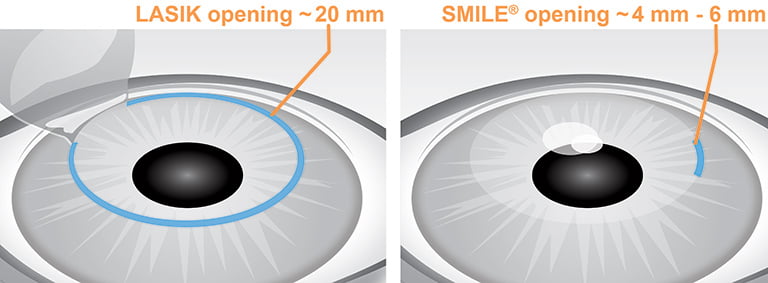
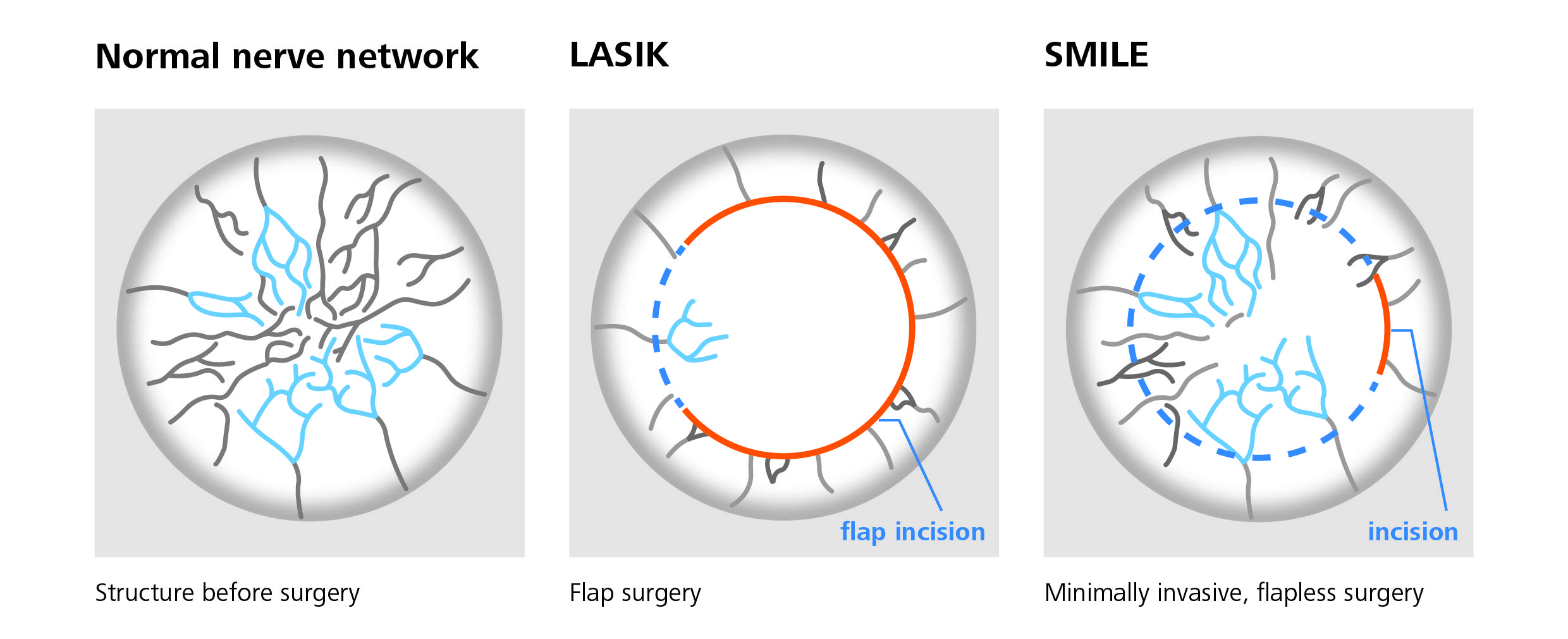
Clinical Results
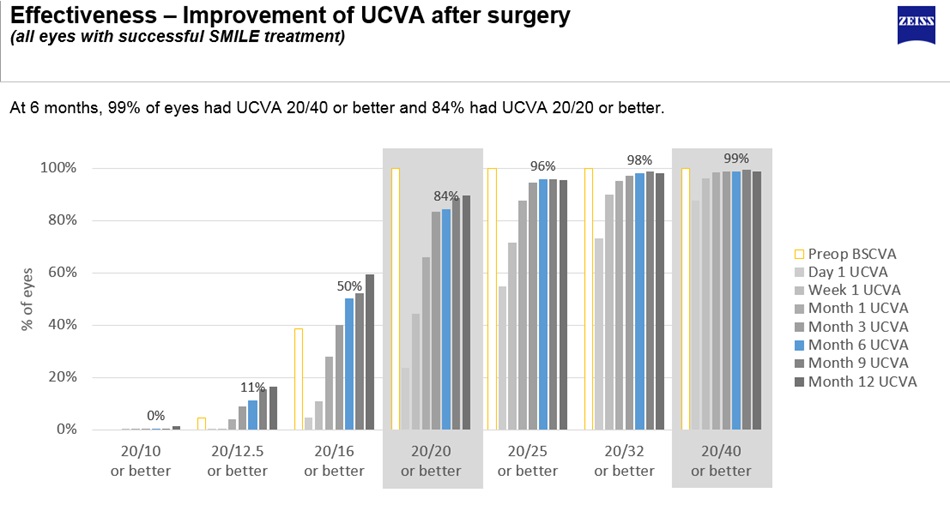
Stability
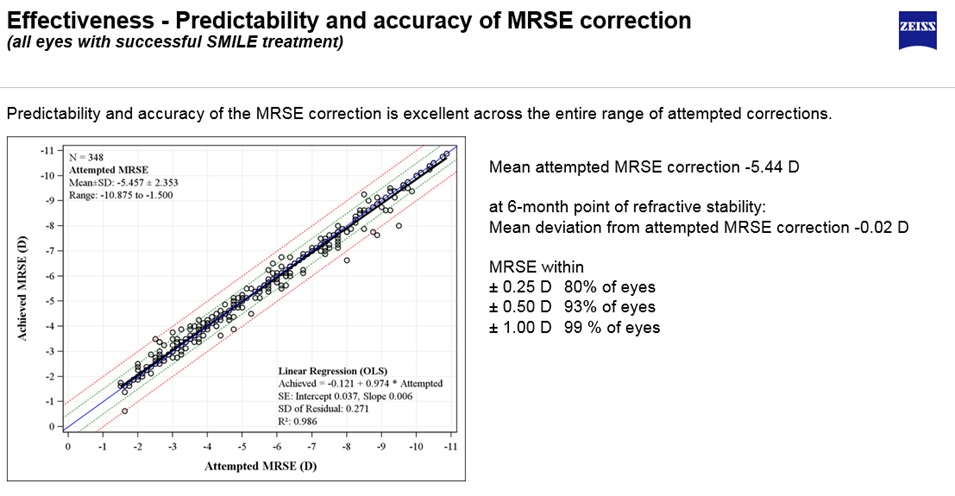
Frequently Asked Questions
[su_accordion][su_spoiler title=”What is SMILE Vision Correction and how would I describe it to a patient?” open=”no” style=”default” icon=”plus” anchor=”” class=””]SMILE is an acronym that stands for SMall Incision Lenticule Extraction. SMILE® is an innovative and minimally-invasive type of vision correction using a femtosecond laser. In patient-friendly terms, with SMILE the surgeon uses a laser to create a small contact lens-shaped layer just beneath the surface of the eye. Then the surgeon removes that layer through a small opening, also made by the laser, thus reshaping the eye. [/su_spoiler] [su_spoiler title=”What technology is used to do SMILE?” open=”no” style=”default” icon=”plus” anchor=”” class=””]We use the ZEISS VisuMax® Femtosecond laser as it is the first and only laser approved to perform SMILE. With SMILE, a lenticule is created inside the intact cornea. The side cut through which the lenticule is removed is between less than 4 mm and up to 6 mm in length, reflecting an approximately 80% smaller incision in the cornea than with a LASIK flap.[/su_spoiler] [su_spoiler title=”When was SMILE approved in the U.S.?” open=”no” style=”default” icon=”plus” anchor=”” class=””]The FDA approval of SMILE for myopia came in September 2016, and in October 2018 indications were expanded to include correction of astigmatism. Since its first introduction in 2011, there have been millions of SMILE procedures done worldwide, in 70 countries by over 1,700 surgeons. [/su_spoiler] [su_spoiler title=”Who is a candidate for SMILE?” open=”no” style=”default” icon=”plus” anchor=”” class=””]Patients looking for an alternative to glasses and contact lenses who are myopic and who require a correction of between ≥ -1.0 D and ≤ -10.0 D could be candidates for SMILE, as well as patients with astigmatism from -0.75 D through -3.00 D when the MRSE is no greater than 10 D. Patients 22 years of age or older with documentation of a stable manifest refraction are considered candidates for SMILE. [/su_spoiler] [su_spoiler title=”What are the possible complications? How safe is it?” open=”no” style=”default” icon=”plus” anchor=”” class=””]As with all vision correction options, there is a degree of risk. SMILE is a safe and proven method of vision correction with millions of procedures, and counting, done worldwide. With SMILE, there is no flap and so there are no flap complications. Possible complications — similar to other corneal refractive procedures like LASIK and PRK — include and are not limited to: infection, DLK, interface inflammation, suction loss during surgery, epithelial abrasions, perforated cap, transient epithelial dryness, corneal edema, retained lenticule, and ectasias.[/su_spoiler] [su_spoiler title=”How much does it cost?” open=”no” style=”default” icon=”plus” anchor=”” class=””]Northwest Eye Surgeons offers complimentary consultations and charges patients a flat fee per eye for SMILE and post operative care, and is the same price as for LASIK or PRK. We customize the surgical plan for your patients, without making cost a basis for recommending treatment. As with other vision correction procedures, a patient’s FSA or HSA plan can be applied. To provide you with accurate pricing for your specific needs, please schedule a consultation.[/su_spoiler] [su_spoiler title=”Are there different post-op and pre-op considerations between SMILE and LASIK?” open=”no” style=”default” icon=”plus” anchor=”” class=””]Pre-operatively, the prep for the procedure is the same. Post-op, we at Northwest Eye Surgeons recommend the same post-op visit schedule as with LASIK and PRK of 1 day, 1 week, 1 month, 3 months and 12 months. In terms of the post-op drop schedule, it will be very similar to our most current drop schedule for LASIK:
- Polytrim® or Ofloxacin – 1 drop qid for one week
- Loteprednol or Pred Forte® – 1 drop q2h for 4 days, then 1 drop qid for 1 week. Or Durezol qid for 10 days.
- Restasis® or Xiidra– 1 drop bid; patients will begin taking one week before surgery, and continue for 3 months after surgery.
- Refresh Plus® (or alternate preservative-free artificial vials) – 1 drop every 30-60 minutes for 2 weeks, then 1 drop every 2-4 hours the following two weeks. After the first month, use 1 drop qid as needed.
[/su_spoiler] [su_spoiler title=”What is the recovery like with SMILE? Is it similar to LASIK?” open=”no” style=”default” icon=”plus” anchor=”” class=””]Patients are usually able to resume normal activities the next day with SMILE. Since there is no flap, patients can return to contact sports after 3 days and wear makeup after 5 days. Visually, most patients can take a few days to realize clearer vision. During this time, patients are able to drive and participate in their normal activities of daily living. Plus, most patients are extremely comfortable during and after the procedure with less reports of itching, scratchiness, and burning than you might hear after LASIK.[/su_spoiler] [/su_accordion]


